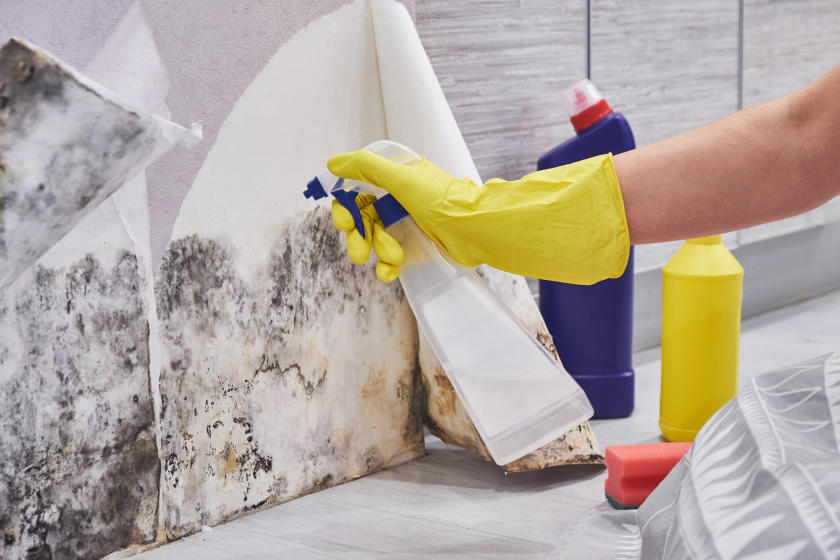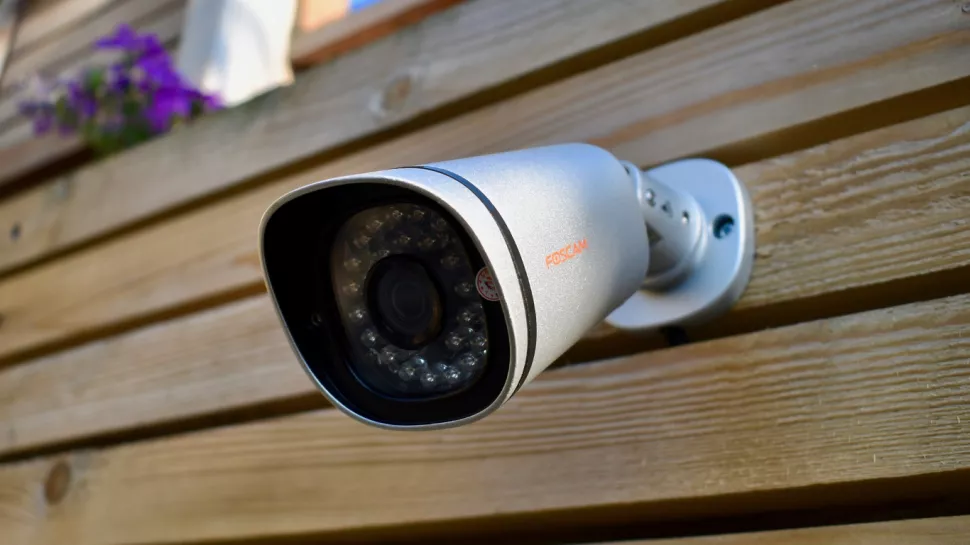Mold can be a problem whether you rent or own a property. A mould infestation can have a negative impact on your quality of life, especially if you have asthma. However, if it occurs during your tenancy, you might be required to pay for the cleaning. Mold can infest any property, whether it is an apartment, a flat, or a maisonette. Although prevention is best, there are many options to address a mold problem.
The Best Mould Prevention Practices
Dry clothes outside
Damp and mould can often be caused by wet clothes. Over 2 litres of moisture are released from just one load washing! Because not everyone has access outdoor drying facilities, drying clothes outside might not be possible. You may need to dry clothes indoors if you have access to ventilation. This will help prevent damp from developing. This ‘Moisture absorber’ is also an affordable solution to excessive moisture in the air.
Open a window, and close the door!
Close the door and allow steam to escape from the room if you’re doing anything that releases a lot of steam. This is true for boiling water, bathing in a hot tub, or cooking. An extractor fan can reduce moisture levels. However, closing your door will stop moisture from spreading to other rooms in the house. Even if you don’t own an extractor fan, make sure to open a window in winter when steam can condense on cool surfaces.
Walls and Furniture
Exterior walls can be slightly colder than interior walls, making them more vulnerable to mould and damp. Avoid placing furniture against exterior walls. To reduce the chances of mould, you can leave some space between furniture and walls to allow for airflow. You can clean the space behind your furniture more often and dry it after cleaning.
Declutter
As there isn’t enough airflow, overfilled cupboards can be a breeding ground. Marie Kondo’s Japanese method of decluttering your home and cupboards will help you live a happy, mould-free life.
Smoke it out
Smoking is a major problem. If you smoke, the best way to prevent mould growth in your house is to go outside. It’s not just cigarettes that can cause damage to your home. Wood-fires, candles and stoves can also produce smoke, which can contaminate your air. Make sure that all smoke sources are properly ventilated and reduce the amount you produce.
Cleaning Solutions for Mould Removing
First, don’t try to remove dry mold – especially if your respiratory condition is asthma. To ensure your safety, you should always work in an area that is well ventilated. Take frequent breaks and use gloves and masks. To prevent mould from entering your lungs, you can use a dust mask on your nose and mouth to protect it.
Anti-bacterial spray
Regular cleaning of mouldy areas like grout, sealant, and window sills can help to prevent it from growing or stop it from getting worse. Use a good mould spray (wear gloves!) If the mould has set, a good mould spray can help on mould removal in gold coast.
Clove/Tea Tree Oil
To get rid of mold, you can use both clove oil and tea tree oils. Clove oil can be strong and unpleasant. You can replace it with tea tree oil. Mix half a teaspoon of the oil with one litre of water if you don’t want to use it straight.
Spray some solution onto the mold and let it sit for about half an hour. The mould should be easy to wipe off with some oil and water.
Bicarbonate Soda and Vinegar
Mix equal amounts of white vinegar and water in a jug. Mix in the bicarbonate soda (2 parts vinegar water to 1 part soda) to create a paste. Use a damp cloth or sponge to apply the paste to any mouldy areas.
If the mold persists
You should contact your landlord immediately if the mold persists, despite all your efforts to clean it up and prevent it from getting worse. They can then assess whether any further actions are necessary. Never try to cover up mold. Even if you’ve purchased mould blocking paint, you’ll need to clean the mold before you apply paint. Normal paint won’t affect mould growth. The mould will come back.


